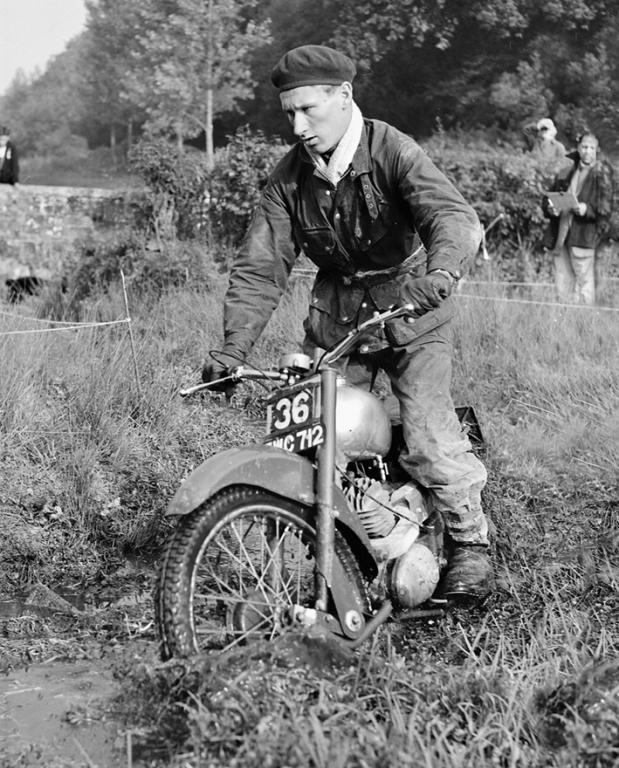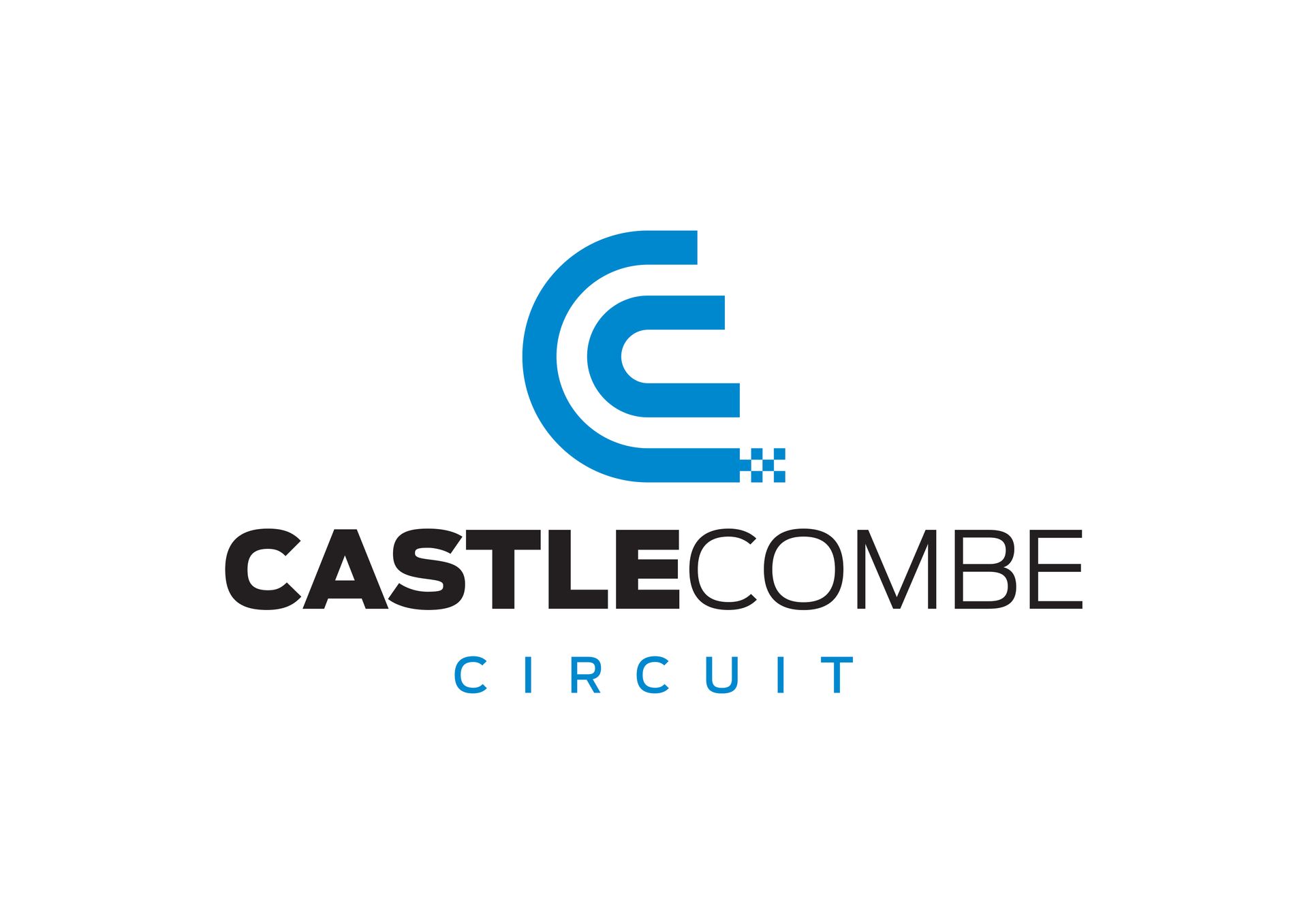The courses we offer
CALL 07444 586001 TO BOOK
Compulsory Basic Training
It is a legal requirement to gain a CBT certificate to ride any motorcycle or scooter on the road. However If you obtained your full car licence before Feb 2001 you can ride a moped up to 50cc without having to take a CBT course.
Upon successful completion it entitles you to ride up to 50cc if aged 16, or up to 125cc if 17 and over. You may not carry passengers or ride on a motorway. You must display an L Plate on the front and rear of your motorcycle.
A theory test certificate is not required to take your CBT. However, a good understanding of the Highway Code is essential before embarking on your training and we recommend completing the Ride Free course before attending for your CBT
A CBT certificate is valid for 2 years.
You can renew your CBT before the expiry date.
The CBT course has five elements:
a. Introduction, kit and equipment
b. Practical onsite training
c. Practical onsite riding
d. On road training - Theory
e. Practical on road riding
When you ride on the road your instructor will be in radio contact with you at all times. No more than 2 students will be taken out with one instructor. This link will take you to the Official DVSA CBT video
CBTs are generally completed in one day, however your instructor may determine that you require further training to complete the course to a satisfactory standard. Your instructor will advise you if this is the case.
_______________________________
Direct Access Courses
If you wish to obtain your full motorcycle licence then a Direct Access Course is for you. You must have an in-date CBT certificate and motorcycle theory test certificate before starting a DAS course.
The length of the course will be tailored to your level of experience and expertise on the motorcycle.
In order to obtain your full motorcycle licence you will need to complete the two part motorcycle test - Module 1 and Module 2.
The class of full motorcycle licence is dependant on the size of motorcycle you wish to ride. Your age will also determine which Class of full motorcycle licence are entitled to. The DVSA has an easy to follow guide to obtaining your motorcycle licence.
Module 1 Test
This is conducted by a DVSA examiner at a DVSA test centre. You will be required to carry out the low speed manoeuvres and speed tested (32Mph/50KmH) exercises. This link will take you to the official DVSA Module 1 test video.
You will ride to the test centre with your instructor who will be in radio contact with you at all times. No more than 2 students will be taken out with one instructor. It is a requirement of the DVSA that the Module One Test is passed before Module Two Test is attempted.
Module 2 Test
This is conducted by a DVSA examiner and starts at the DVSA test centre. It consists of a 40 minute road ride. This link will take you to the DVSA Module 2 test video.
You will ride to the test centre with your instructor who will be in radio contact with you at all times. No more than 2 students will be taken out with one instructor.
Test Preparation
Module 1 Training
This will be carried out in a similar environment that you will experience during the test. During your training a number of slow speed manoeuvres and speed tested (32Mph/50KmH) exercises will be explained, demonstrated and practised. You will be required to carry out these exercises during your Mod 1 test.
Module 2 Training
This is conducted on the public highway so that you experience a variety of road and traffic conditions. During your training your instructor will be in radio contact with you at all times. No more than 2 students will accompany one instructor.
A Class Motorcycle Licence
This is for those aged 24 or over. However, if you have held an A2 Motorcycle licence for two years or more you can take your A class test at the age of 21. You must take the test on a motorcycle of over 50kw of power (approx 595cc). We will provide this for you.
A2 Class Motorcycle Licence
This is for those aged 19 or over. You must take the test on a motorcycle of between 20kW and 35kW of power (it must be over 395cc). We will provide this for you.
Once successfully completed you cannot ride a motorcycle of over 35kW of power. The DVSA has a guide to motorcycles that fit the A2 category.
A1 Class Motorcycle Licence
This is for those aged 17 or over. You must take the test on a motorcycle of not more than 11kW of power (it must be between 120cc and 125cc). Once successfully completed you can ride a motorcycle of up to 125cc but must not exceed 11kW of power.












